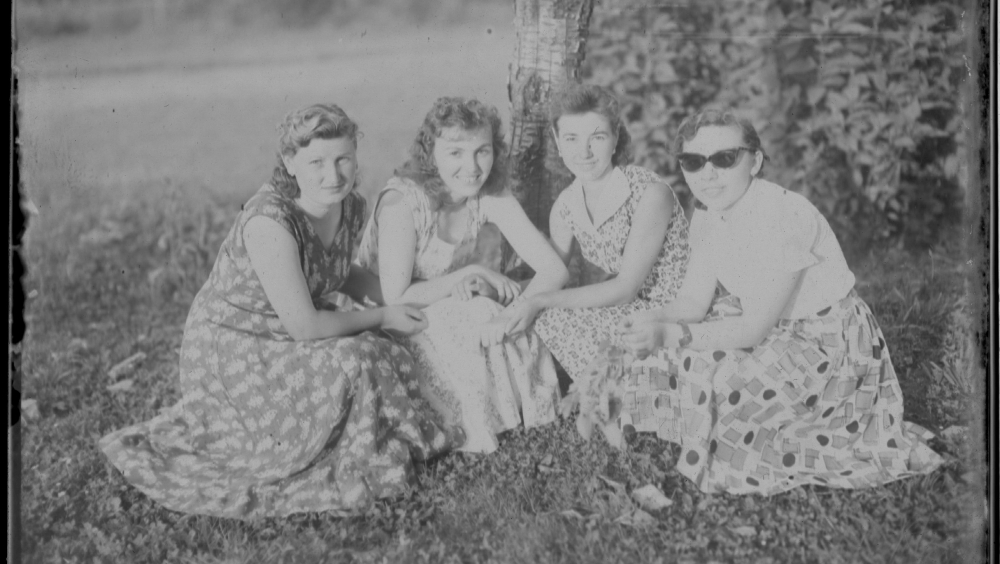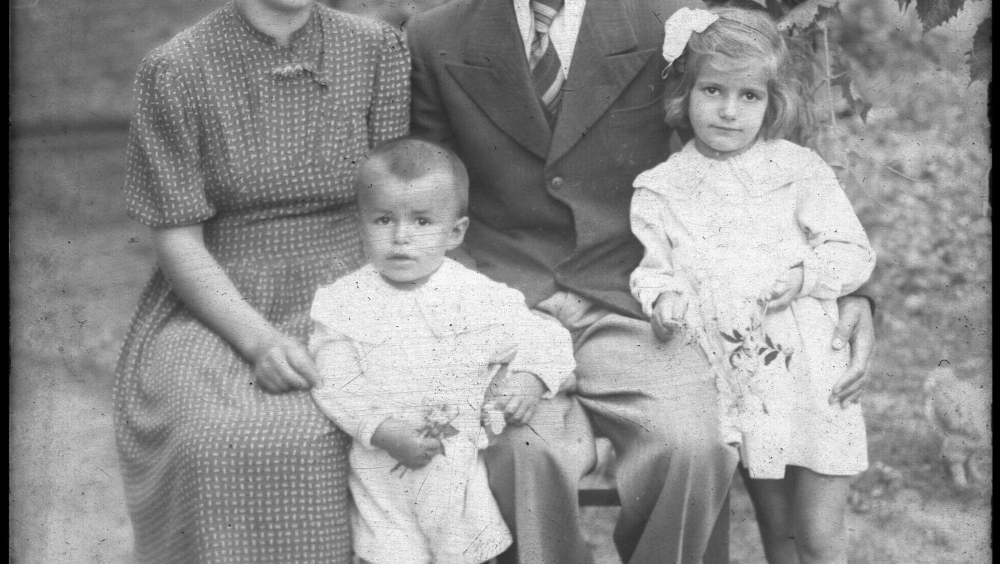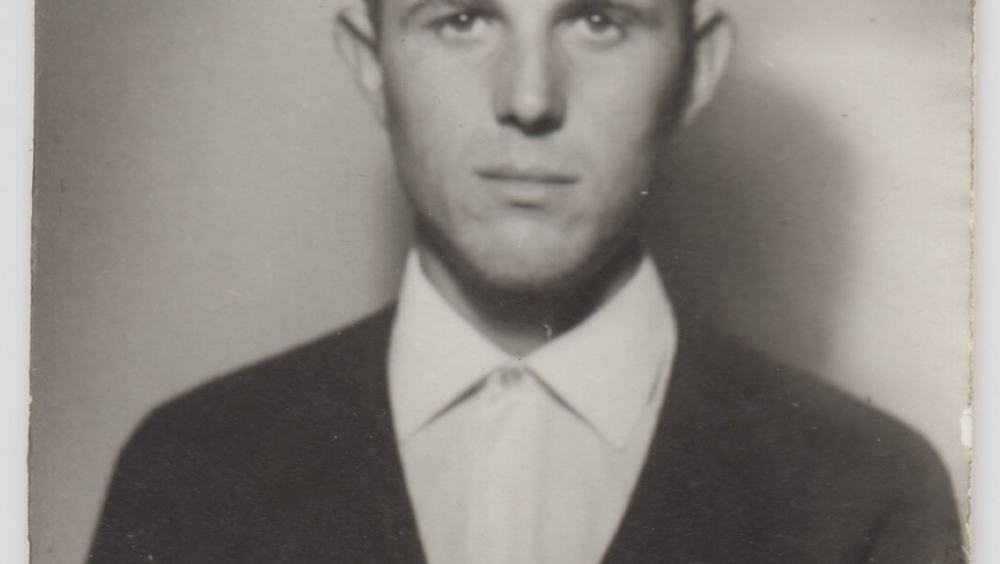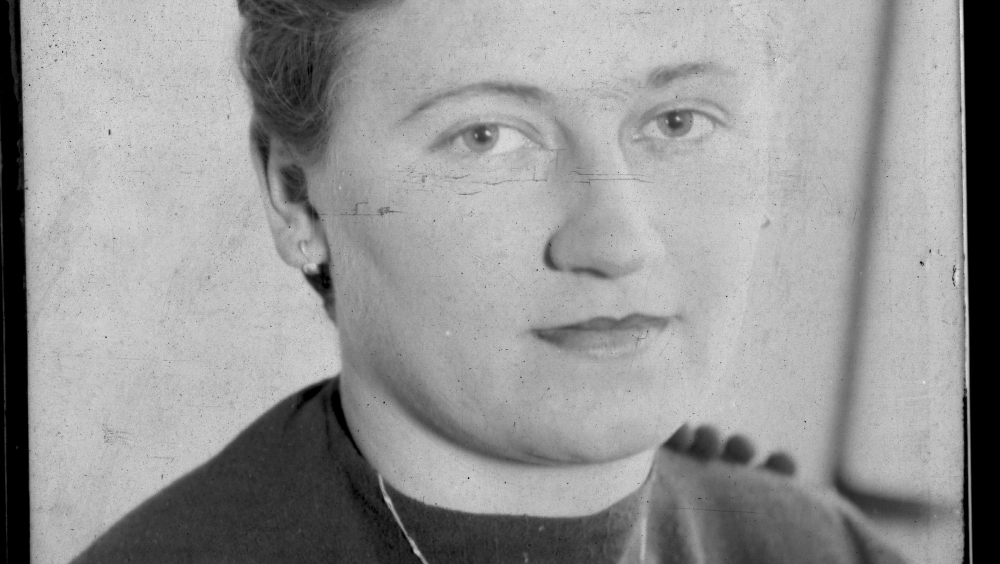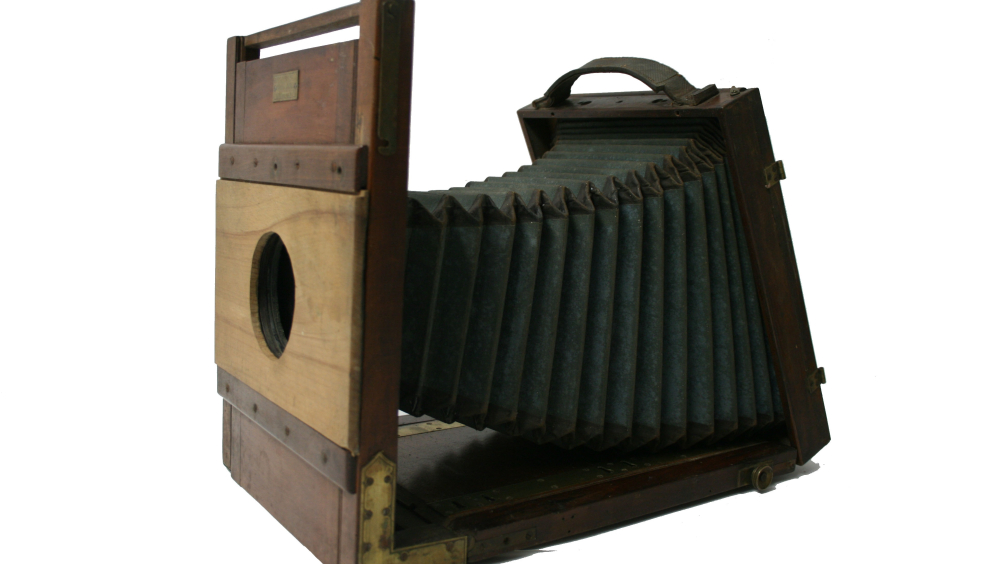Josip Mihuljec- Permanent Photo Story of the City of Slatina
Josip Mihuljec was a professional photographer who worked after the Second Word War in a small, rural Croatian village of Nova Bukovica, near the town of Slatina. The Slatina Local Museum accidentally discovered the photographic heritage of Josip Mihuljec, which contains 2,000 glass negatives and more than 1 km of negatives on film foils. Dealing with his photographic legacy, Josip Mihuljec left a document of time - a document of history which shows how cultural values, clothing, political and historical situation have change and impact the life of the communities.
The photographic work of Josip Mihuljec earliest is dated to the year 1938. These are a few boxes of glass negatives with the theme of wedding and individual portraits of an unknown place of origin. During 1939 and 1940, he continued his photographic work and in 1941 passed the master's exam. During the 40's the 20th century continues its photographic work with commissions, most portraits and weddings. According to the available photographic material, the most fruitful period of his work it was the 50's and 60's of the 20th century. The photographer's work originates from this period most on the glass negatives, and in the early 1960s he began, along with glass negatives, use negatives on film foils as well. Through his many years of work, he showed different developmental stages, which are conditioned by technological and economic factors, but also his professional maturation as well. At the beginning of its operation in the late 30's and during the 1940's, themes are reduced to portraits and, to a lesser extent, wedding photos. In this period the models are mostly static "furnished", by the play of light and the shadows accentuate their basic contours, while in some photographs they are also emphasized visible emotions. Some photos from this periods have hints of artistic photography. In the time after World War II Mihuljec expands his topic, and in addition to the standard ones portraits in his photographs are found place and last farewells, daily events, school photographs. Also, photography it becomes more widely available, and the negatives on film foils offer greater opportunities for photography as well as a photo reproduction. During this period, photographs become monotonous and standardized.
Josip Mihuljec's photographic activity mostly took place in photographer's studio located in a house in Nova Bukovica. In his shop came out mostly portraits intended for personal documents. People in portraits are not named, and we can conclude from the recognized ones that his clients are mostly related to the area of today's municipality of Nova Bukovica and of Mikleuš municipality. Photos of funerals, weddings, communions and some everyday ones taken in the places suggested by the client. Mostly it's about open spaces in front of residential or religious buildings.
Our aim is to make publicly avaliable database of those photos which can help potential descendants a way of finding old pictures of their family.
Josip Mihuljec's studio was located within his family home in Nova Bukovica, in today's Kolodvorska Street No. 7. Interior of the photographic studio is, unfortunately, not known to us, but, compared to other known spaces, we can assume that it contained photographic canvases, shelves, a table, tripods and other photographic tools. By collecting the legacy of Josip Mihuljec, a part of the photographic equipment found its place in the Slatina Local Museum and classified in the Technical Collection. Most of these are cameras, various tools and chemicals used during the process of making the photographs.
Cameras are the most interesting group of equipment which was produced since the end 19th century, until the 70's of the 20th century. The oldest cameras date back to the end of the 19th century. It is a camera from Jozsef Wanaus' workshop in Budapest and a camera Rapid Aplanat Sar. D.F. 7 from Emil Busch's workshop in Rathenow. With cameras which were used with glass negatives they were also represented cameras which used photographic films as recording medium. Cameras with negatives on the film foils were used until mid-20th century and brands are Kodak, Flexaret and Kiev. Other equipment in the Slatina Local Museum includes tripods and filters for negatives, chemicals, chemical containers, retouching and photo cutting equipment.
In accordance with the Faro Framework Convention, the recognition of heritage is conceived as a shared responsibility: heritage shoud include elements regarded as heritage by the local population and local authorities and should be part of the European network of the cultural goods which can enhance richness of the cultural heritage exchange on the European level. Cultural heritage as the one of Josip Mihulje testifies to the political, cultural, artistic, scientific, spiritual, philosophical nd commercial exchanges which have formed our European identity.
Our goal with the "Josip Mihuljec- Permanent Photo Story of the City of Slatina" is designed with the aim of the territorial and economic development and seeks to strenghten the contribution of heritage to sustainable development, based on the local resources and potential in the touristic offer of the city of Slatina.
We want to actively involve individual or collective of the citizens as the result of a process that goes from awareness raising to active participation in the projects like European Heritage Days to identify, study and promote our heritage.
Cultural heritage like the photographic legacy of Josip Mihuljec can help the citizens of Europe to look beyond their specific national, regional, or local features and forge and develop a feeling of shared belonging and history, in line with the fundamental European values of humanism and democracy.
This story is created to identify and highlight the tangible exogenous that have contributed to the European society and European culture.
We strongly believe how the heritage legacies, like the Mihuljec one, constitutes an irreplaceable asset with a high cultural, social, environmental, economic and scientific value. Mihuljec photo story is a long-term asset contributing to the sustainable development.
Our idea is to convince investors of all sorts to contribute both directly and indirectly to the development of the economy.
Appropriate reuse of cultural heritage is one of the key ways of addressing the negative demographic and socioeconomic changes in rural and undeveloped areas as the city of Slatina, Croatia.
